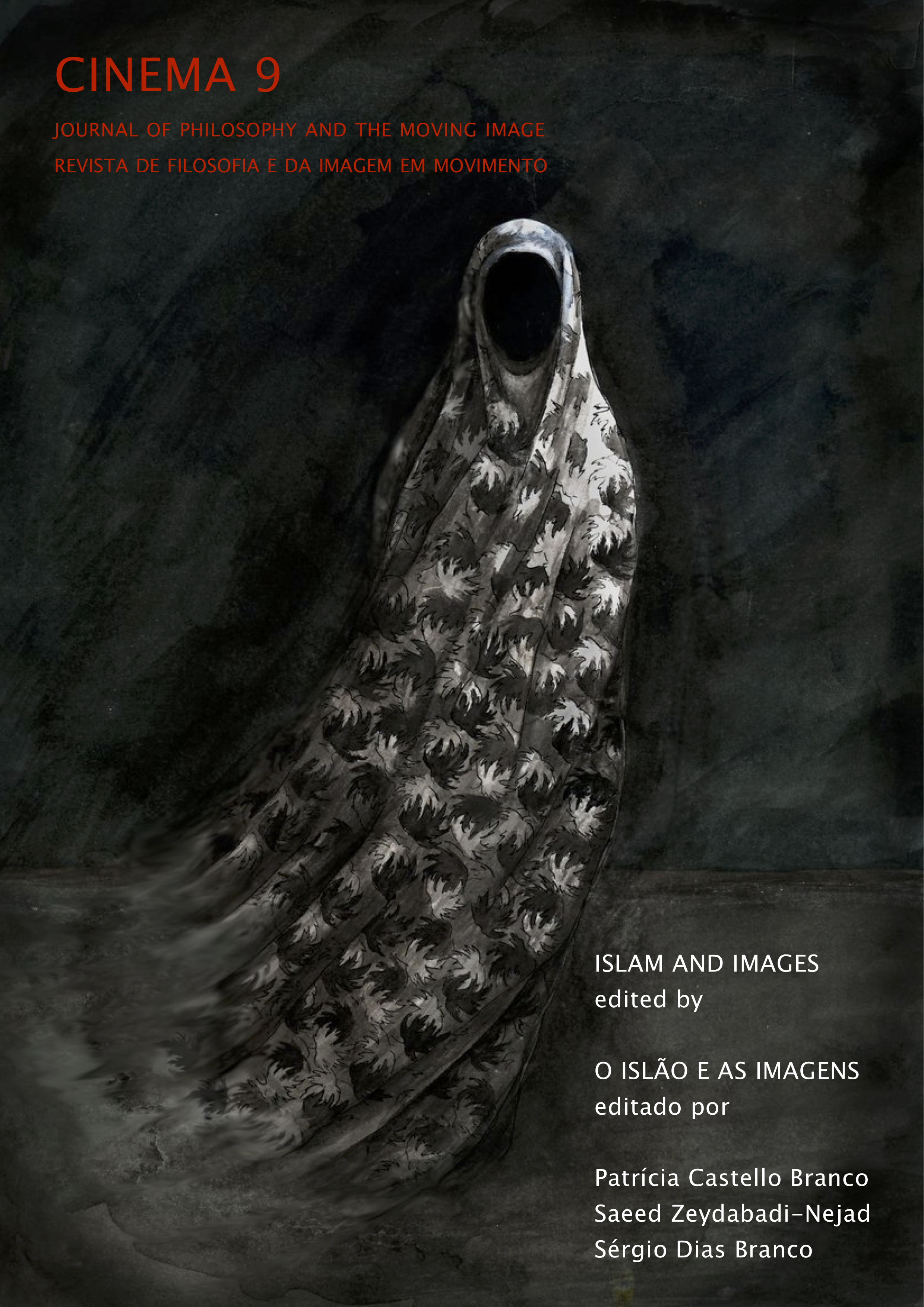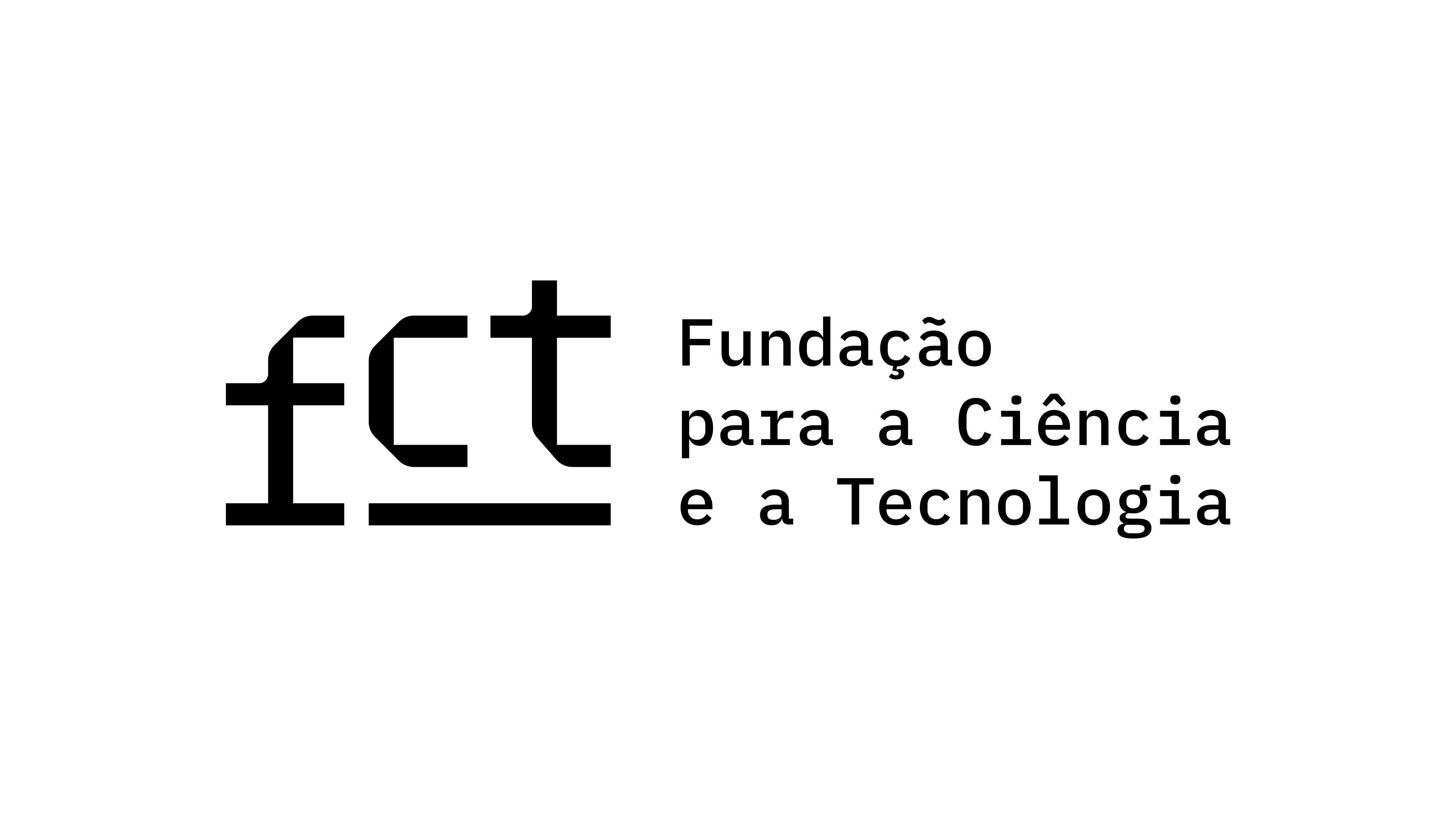Post-Cinematic (Mis-)Representation of Islam
Keywords:
Digital image, Islamic art, (Mis-)representation, Post-cinema representationAbstract
This paper examines the post-cinema production of the political and cultural antagonism towards Islam in an era of the emergence of digitally generated “new media.” Digital technologies have pushed the boundaries of what counts as cinematic, which is not simply a passive material or substance in its ontological materiality, it is rather a new kind of reality, a programmed and self-generated sensory shock-affect, already incorporated in the future narrative of representations, what Wendy Chun has termed programmed visions. The dissolution and extension of the cinematic in terms of its mediality, coincide with contemporary neo-colonialism and neo-imperialism. Thus, the question of cinema could be investigated from a shifted view, not from the question of medium, but from its “digital” viewer/s. The post-cinematic mode of production will be related to the cinematically directed and image-manipulated visual drama of the Twin Tower attacks (also referred to as the “war on terror” launched by the U.S. government after the September 11 attacks in New York in 2001). This article argues that from Twin Tower Attack, such a mutual agency between digital media and religion, has become ever more intertwined in a re-employment of the old orientalist trope against Islam and Muslims.





